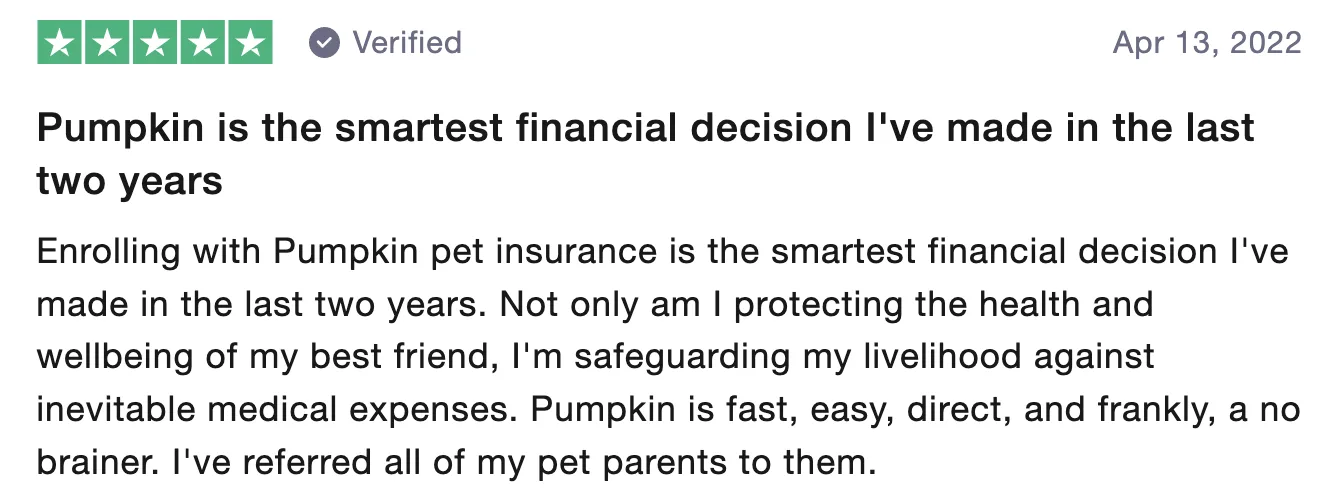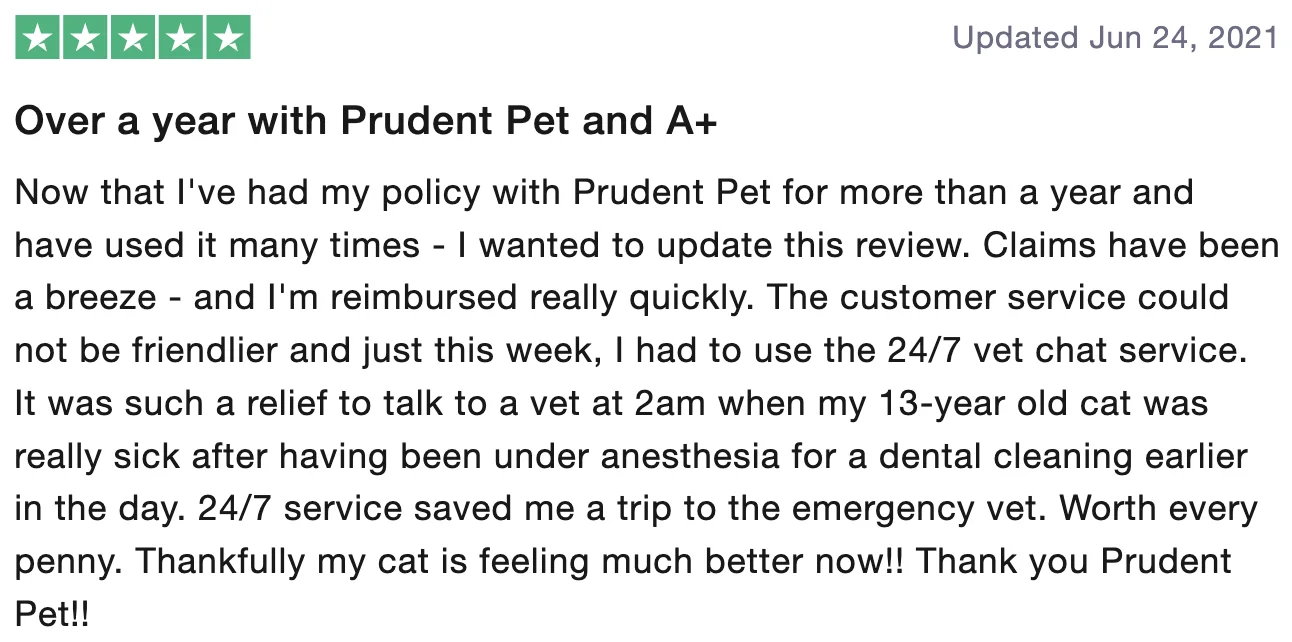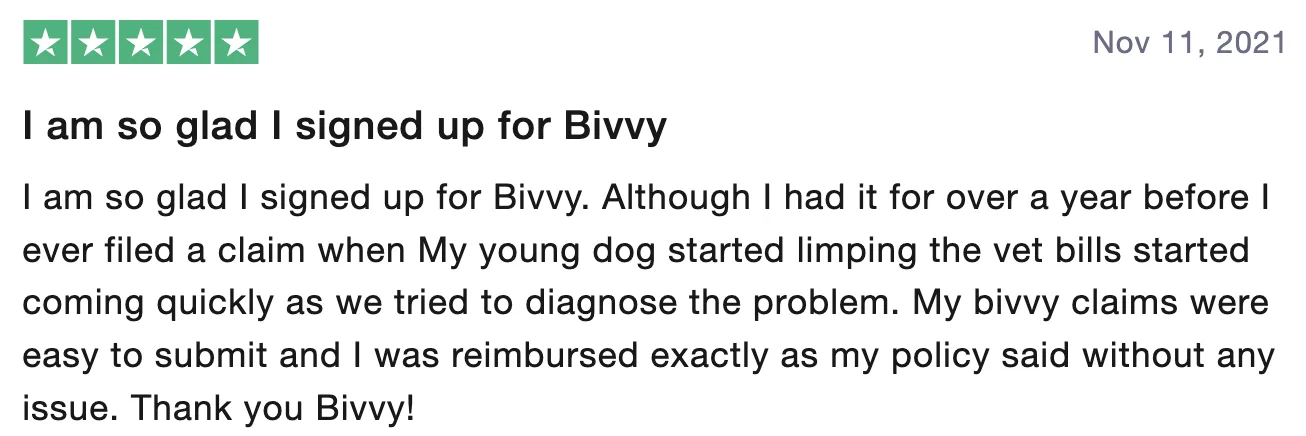
It’s official: the world is mad for pets and spending on all things animal-related is at an all-time high.
In 2021, $123 billion was spent on pets in the U.S. alone. Cash is being splashed on luxury toys, novelty accessories, and specialty pet food. However, owning a pet is not all cuddles and cuteness. They need routine check-ups, vaccines, and protection for potential accidents or illnesses. As veterinary treatment becomes more sophisticated, bills quickly add up. Pet insurance can help cover medical costs and ease financial burden.?
If you’re a first-time dog owner or longtime pet parent to cats, gerbils, goats or something more exotic, pet insurance means you can make difficult health decisions with less pressure. But what does pet insurance cover? Here we navigate the sometimes-confusing world of pet insurance to see if you should invest and find the best paw-licy for your furry friend.?
The price of pet ownership
From loyal pooches to adventurous moggies, owning an animal is rewarding, but if they get sick or injured life becomes stressful and expensive pretty quick. But, is pet insurance really worth it?
In the UK, vet prices start from around £50 for cat neutering, up to £4,000 for a dog’s hip replacement. And in the U.S. it’s no different. General check-ups are between $50 and $250, ear infection treatment $149, skin condition care $175, and allergies $234 with medication on top. You go in for one ailment and come out having to remortgage your house to keep your beloved pet in good health.?
For some of us, pets are our best friends and adored family members. If they’re scik, or in an accident, pet insurance means you won’t need to make an unthinkable choice based on affordability. For most dog and cat owners, pet insurance will cover most unexpected vet costs and even packages for routine wellness (preexisting conditions excluded) which gives you peace of mind and fewer?
For example, pet insurers like Pumpkin offer 90% reimbursement on any claims with annual limit options of $10,000, $20,000, or unlimited for dogs, and $7,000, $15,000, or unlimited for cats.
Trupanion insurance makes it easy by paying the vet directly, that means no paperwork hassle for you, and they have no per-incident, annual, or lifetime limits, giving you total financial reassurance.?
Pet insurance provides a safety net and reassurance that leaves you free to frolic in the fields with your canine companion or relax in front of the fire with your feline friend. But which plan is right for you and your pet?
?Finding the right insurance for your pet?
According to an industry-wide survey published by NAPHIA, the U.S. represented 89.8% of North America's total insured pets in 2020.? There's no shortage of choice when it comes to pet coverage, however, it can be difficult to choose the best plan for your pet and unpick hidden costs in some policies. There are tons of policy options and prices may be influenced by your pet's breed, age, and current health, as well as your location. Here are some helpful considerations when vetting policies.?
Excess payments and deductibles?
Most pet plans require you to pay an excess amount or deductible before you claim certain treatments. Once you've hit that threshold, the covered services kick in. You can pay annually or per treatment. Find out what your choices are and whether certain claims will be excluded from this. When your pet reaches a certain age, your deductible may increase.?
Pre-existing conditions and breed
If you've adopted an older pet or yours is reaching its senior years, finding insurance is harder. They may not be prevented from coverage altogether, but there might be restricted options and more expensive policies.???
Pre-existing conditions play a big part in whether you have a high monthly cost or deductible limits that leave you short. Some insurers don't cover breeds that are prone to hereditary conditions as they’re seen as a higher risk. Companies may insure a pet with a curable pre-existing health condition when writing policies.
One size doesn't fit all when it comes to insuring different breeds of animal. Mixed-breed pets are less prone to genetic conditions than pure-breeds, therefore, less to insure. If your pet has a pre-existing condition or specific coverage requirements, speak directly to an insurance agent to understand what’s covered.?
?
What does pet insurance cover?
Having decided pet insurance is essential, where do you begin? First, look at what's covered and what's not in a policy (including pre-existing conditions), deductible amounts, annual coverage limits, and the percentage of treatment reimbursed to you. Depending on your plan, reimbursement amounts will be anywhere from 70% to 90% of the total claim.
Knowing what an insurance company excludes from a policy will help you make the right decision for you and your pet. As coverage varies from company to company you should shop around. So, what does pet insurance cover?
What is typically covered: Accidents, injuries, and illness (not pre-existing)?
What is sometimes covered: preventative care/wellness and liability coverage (usually as an add on or rider), stolen or missing pets.
What's generally not covered:
Routine vet check-ups and standard vaccinations (buy additional wellness packages to cover this).
Diagnostics, laboratory procedures, and physical exams, including annual check-ups?
Medication
Spaying or neutering?
Boarding expenses or quarantine?
Grooming?
Pre-existing hereditary or congenital conditions
Behavior training?
Dental work
Prescription food and supplements?
Alternative therapies?
Allergies?
Microchipping
Most policies clearly state what's covered and what's not. If you're still not clear on what the plan offers, speak to the company's customer service so you aren't surprised further down the line. Like most insurance companies, premiums may also depend on your deductible. And don't forget, if you see an emergency vet or animal hospital out of hours, the costs are typically much more expensive than a standard vet visit.
Pet plans like those from Prudent Pet Insurance and Pet Protect offer 24/7 licensed vet advice. As well as vet video consultations, Animal Friends provide affordable pet cover and have donated over £6 million to animal charities.
How to shop for pet insurance
Choosing the right pet insurance can be intimidating but we’ve got some simple steps to help you get through the process.?
First, jot down a detailed list of which vet treatments are essential for your pet now and potentially in the future. Do you want accident and injury coverage? Vaccines? Insurance for pre-existing conditions or lifetime cover? When you’ve got your must-haves, start your research.?
Second, request quotes from a few highly-rated companies and compare coverage, riders, and deductibles. If you have home or car insurance, you might be able to combine pet coverage and get a discount, so reach out to your current insurance providers as well. If your pet has a pre-existing condition or specific coverage requirements, speak directly to an insurance agent to understand what’s covered and what’s paid out of pocket.
Next, compare quotes and coverage. Rule out any options that don’t provide the essential coverage you’re looking for then calculate the monthly or annual costs of the plans to see what fits your budget.?
Finally, if you’re left with a few options in your budget, read the fine print to determine what policies have more competitive options. For example, Bivvy offers coverage for pets regardless of age, size, gender, and breed. With Pet Plan, your premium doesn’t go up when you make a claim.
Once you’ve made a final decision, read the fine print thoroughly before you commit. Ensure you understand the coverage limits and exclusions, so you're prepared for when you need to use it.?
Is pet insurance worth it?
In short, yes. When pets are sick, hurt, or healthy, pet insurance is worth it if you find the right coverage. The peace of mind that insurance brings is worth the payout, but shop around for the policy that works for you.??
Find out which insurance providers other animal lovers recommend before signing on the dotted line by reading reviews, and if you find a company that hits the mark, share your review on Trustpilot.
Trustpilot is a review platform that is open to all. The companies and profile pages referenced in this article are provided for informational purposes only and are not recommended, endorsed by, or representative of the views of Trustpilot. The Trustpilot companies linked in this post are expected to abide by?Trustpilot’s Guidelines, but have not been reviewed for compliance.







